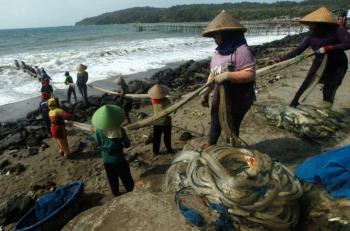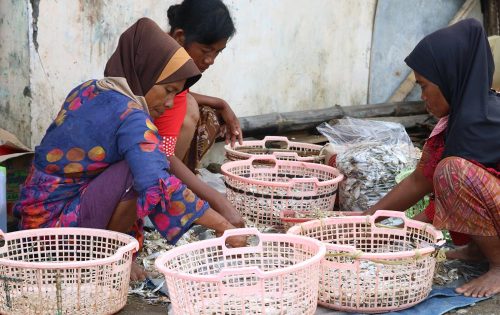By I G. A. Sosiowati (Team Leader), I Wayan Arka (Member), Ayu Widiastuti (Member)
Loloan Malay is a variety of Malay spoken by a minority group of Moslem people primarily in the village of East Loloan, Jembrana, western part of Bali. The Loloan Malay project investigates the sociolinguistic complexity of language endangerment/vitality in this small speech community. We are interested in the critical underlying variables such as religion and identity constructions in language maintenance especially in minority languages.
In the past two years, our team has investigated two related research questions. The first one is how much the sociolinguistic profiles of Loloan Malay have changed since the study undertaken by Soemarsono (1993). Can Loloan Malay still be considered safe after being declared so by Soemarsono (1993) given the dynamics in the western region of Bali in the past 30 years? Soemarsono in his doctorate research three decades ago claimed that despite of the intense contact with, and high number of borrowings from, both Indonesian and Balinese languages, Loloan Malay was safe, not threatened by the neighbouring dominant languages. He attributed the vitality strength of Loloan Malay to the pride of its speakers and the role of Loloan Malay as a salient group identity. The pride is rooted in local history with their Bugis ancestors well known as the savior of the Jembrana kingdom in the fight against the Buleleng kingdom. The finding of our current research on the topic of identity construction has revealed that Loloan Malay and the religion (Islam) are indeed closely connected; both of them remain formidable contributing variables for strong group identity formation. Our paper can be downloaded here.
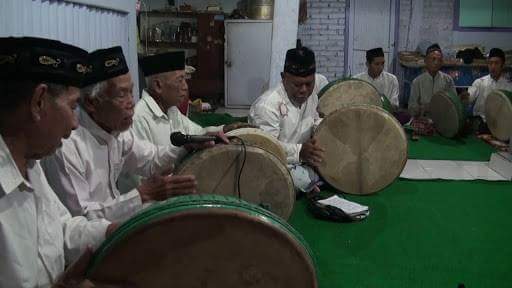
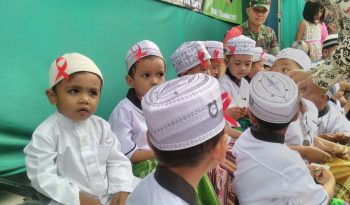
The second research question is about the nature of domain change, its intergenerational transmission and its significance for overall ethnolinguistic vitality. The purpose of this research is to find out if the overall strong vitality of Loloan Malay is supported by similar vitality across all the domains, particularly in the domain of fishing. Fishing is an important domain to investigate as it is a profession, traditionally serving as a group identity of the East Loloans along with language and religion. The Loloan Malays are immensely proud of the fishing profession associated with their ancestors, the Buginese, who are well known as brave seafaring people. We expect that the fishing lexicon must be well transferred across generations as fishing is tied to pride and group identity.
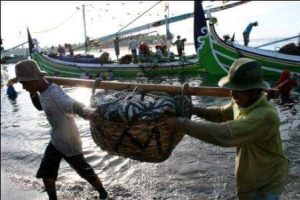
However, our research surprisingly shows that the Loloan Malay fishing lexicon is currently highly endangered, while the overall vitality of Loloan Malay appears to be unaffected by this endangerment of this salient identity domain. The factors affecting the insufficient language transmission of Loloan Malay fishing lexicon include the negative perception of fishing as a profession in modern context, the development of fishing technology, and the increasing number of borrowing in this fishing domain from Indonesian and Balinese due to a significant change in the demographic makeup of current fishermen in Loloan with the increasing number of non-native Loloan Malay fishermen. The full paper reporting of our research can be downloaded here < LINK>.
